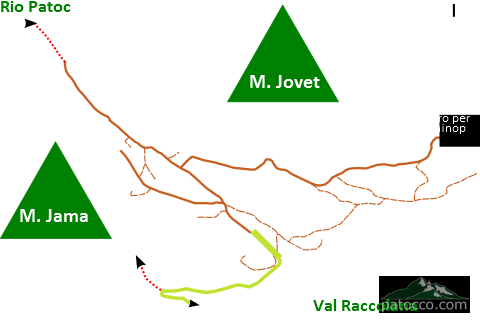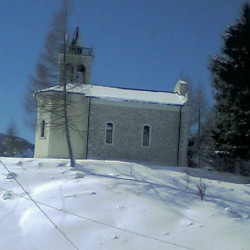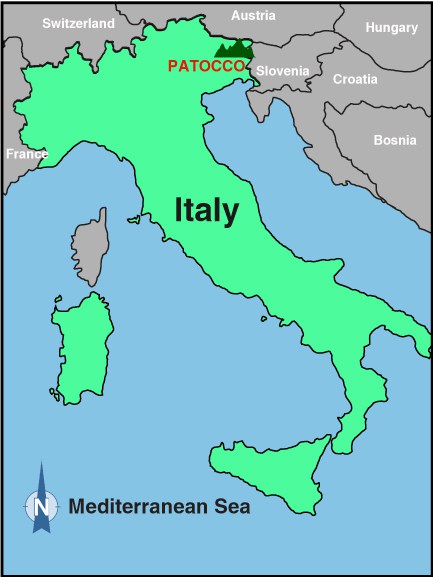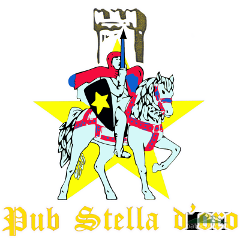A Mountain Paradise in Val Raccolana
The mountain village paradise of Patocco is located high in Val Raccolana, part of the Julian Alps in the Friuli region of Italy close to the borders with Austria and Slovenia. Patocco is the final destination of a torturous road that climbs 7km up from the nearest main highway and gives the village a remote isolated and peaceful ambiance. The village comprises three smaller groups of traditional stone houses located on a col between the Val Raccolana and Rio Patoc.
Map of Pattoco

Il Çuc (named in the local Friulano language) is the highest group of houses at 801 Meters asl and has the most splendid views of the Val Raccolana. Il Borc di Mieç is a second group of houses surrounding a parking area overlooked by Patocco’s striking Church, whilst Chiout di Sot is a further group of houses on the path leading down to Rio Patocco.

The village church is one of the most iconic buildings and a landmark for the Val Raccolana. This compact but beautifully constructed stone structure is situated on a small hill offering splendid views of the valley. It is a real tribute to the craftsmanship of the villagers who built it here before Patocco enjoyed road access. The bell tower contains three bells which still toll out to announce Sunday mass in the summer months.
Patocco was typical of a mountain subsistence farming village and before the first world war had up to 130 inhabitants. Cattle were kept in small indoor stalls throughout the winter and the milk used to make cheese. In the typical houses, the family lived above the cattle exploiting their warmth, whilst the roof space was used to store winter hay feed. In the summer months, the cattle were taken to the grassy plateau of Montasio to graze, whilst the villagers climbed the nearby peaks to make hay for the winter. All available land around the village was used to cultivate vegetables, especially beans and potatoes that could be stored over the winter.
Poverty in the first half of the last century saw many villagers emigrating to places like France, America and South America. In the fifties and sixties, the exodus continued as many moved to find work in the blossoming industrial sector emerging on the plains of Northern Italy. Now the village is barely inhabited in winter when snowfalls can make access difficult. In the summer many who were brought up in Patocco return to enjoy a leisurely retirement in their old family homes and the village comes back to life.

 Patocco is located in the Val Raccolana, part of the "Comune di Chiusaforte" in Udine Province, Friuli Venezia Giulia. Italy.
Patocco is located in the Val Raccolana, part of the "Comune di Chiusaforte" in Udine Province, Friuli Venezia Giulia. Italy.

